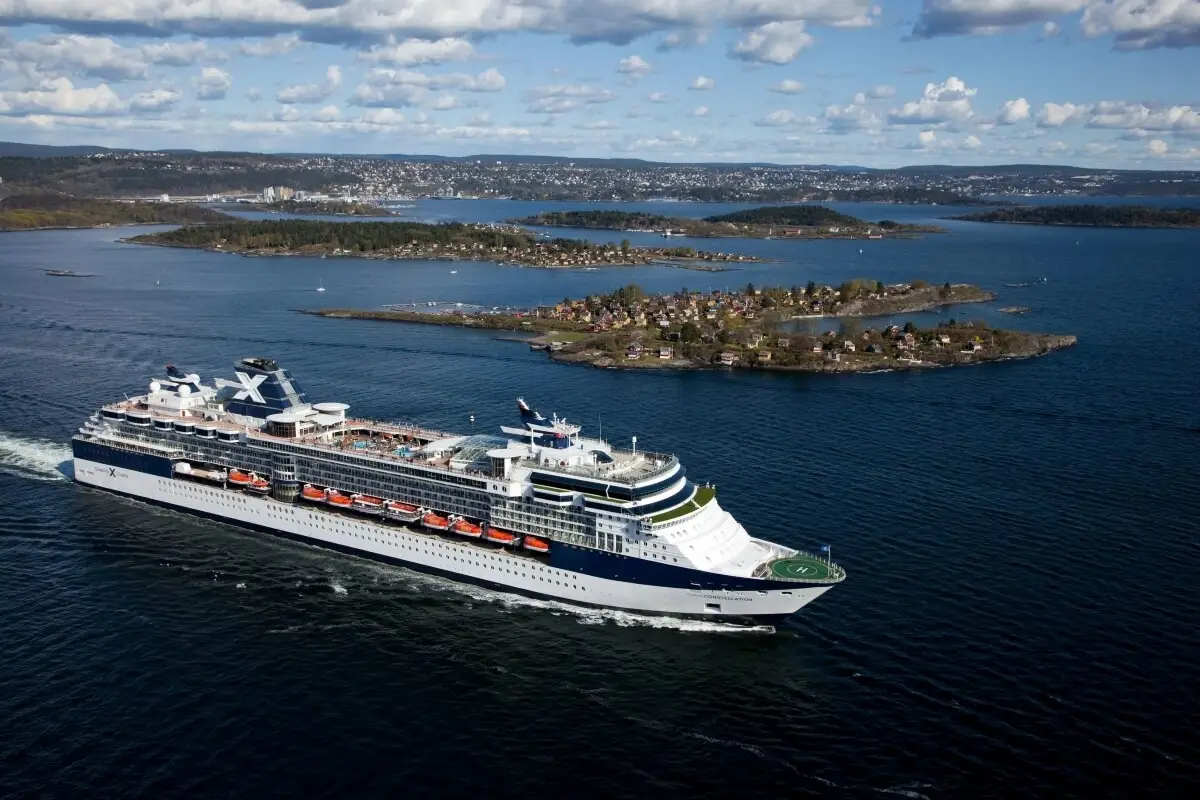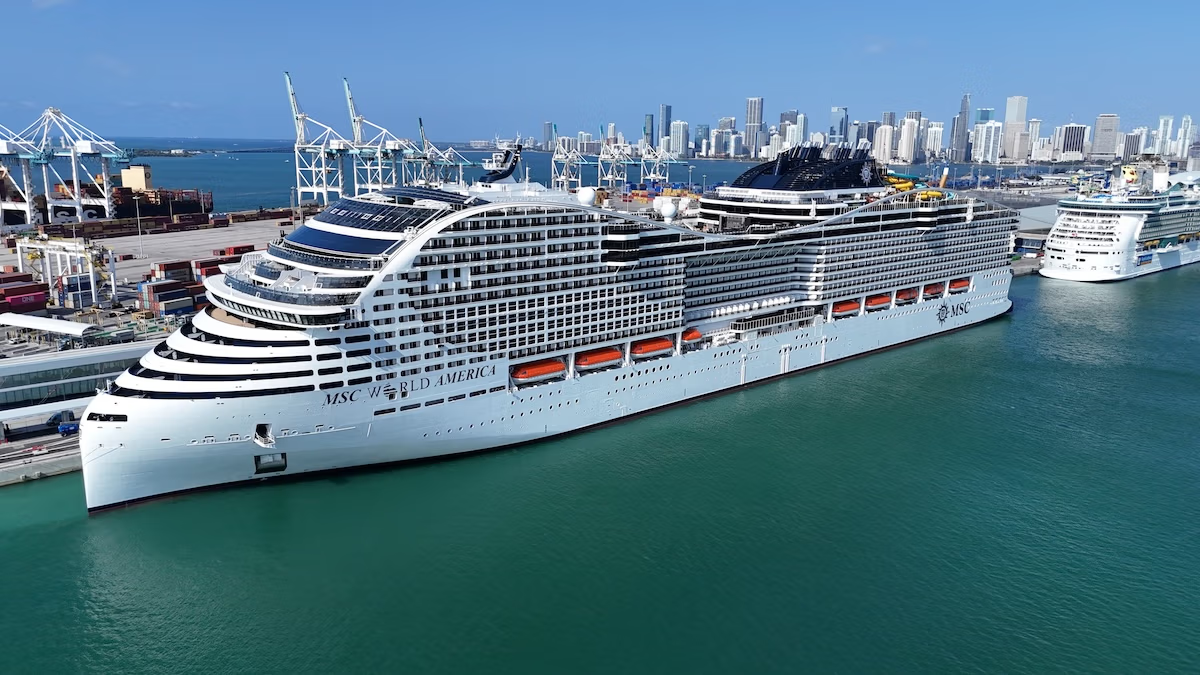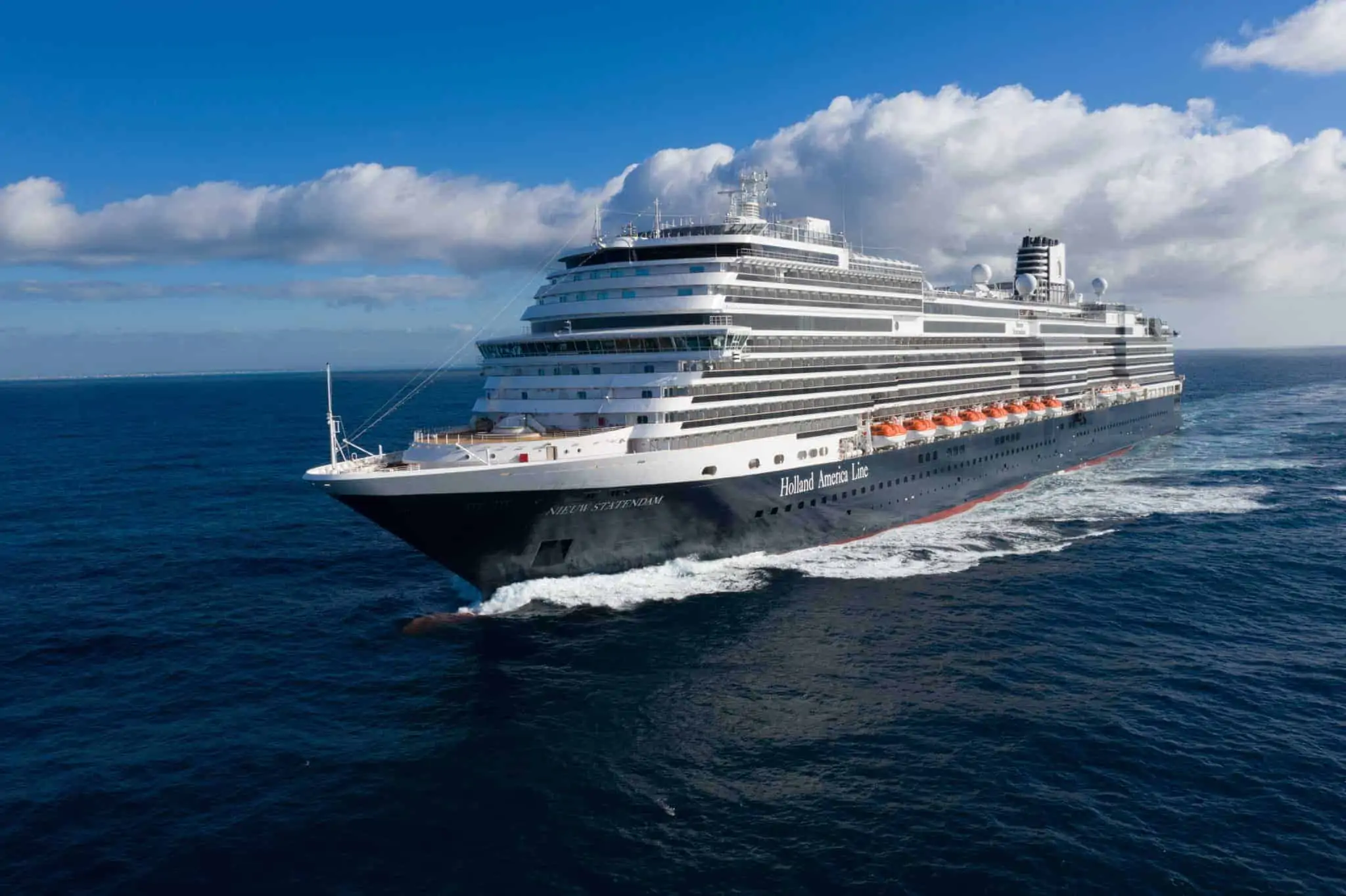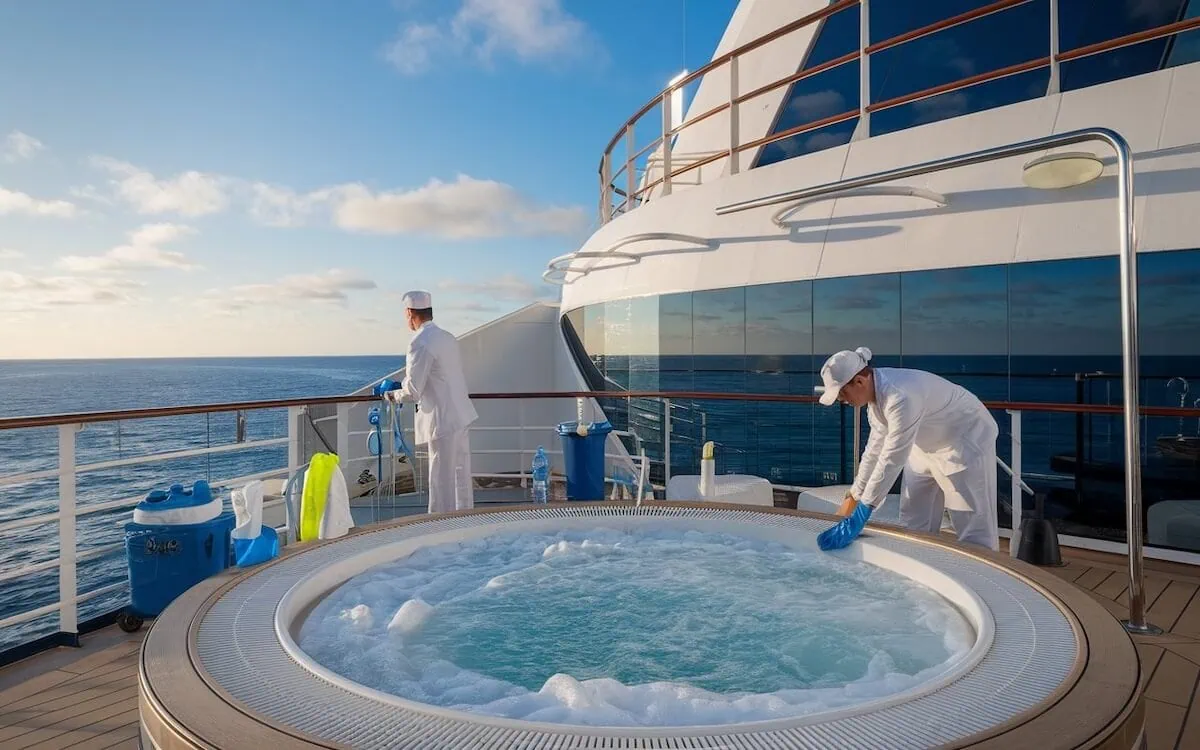In a detailed Reddit AMA (Ask Me Anything), a cruise ship engineer pulled back the curtain on what it takes to keep a floating city running.

The anonymous crew member, who now works for a major British cruise line after years on cargo ships, answered dozens of questions about sewage systems, swimming pool maintenance, emergency protocols, and what daily life is like as a crew member.
Some things surprised me. Here’s what I learned.
From Cargo Ships to Cruise Life
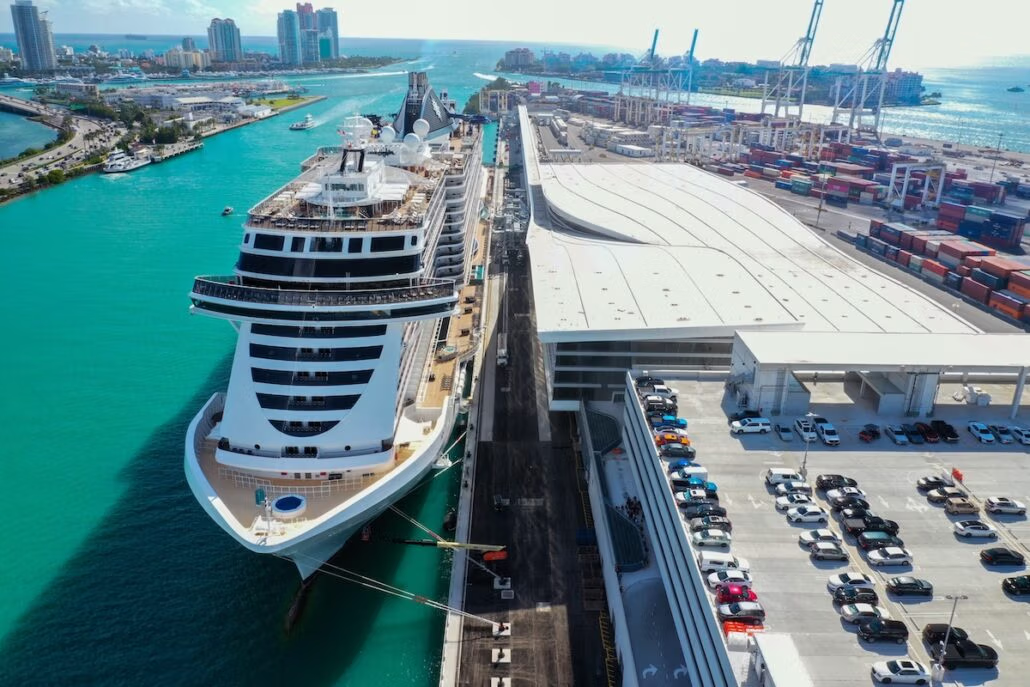
After more than five years on cargo vessels, the engineer transitioned to the cruise industry. He began as a 3rd Engineer in the engine room and now works as an Assistant Hotel Service Engineer (AHSE).
This role puts him in charge of equipment and technical systems outside the engine room, including plumbing, freshwater supply, and technical support for the hotel and galley departments.
“I look after sewage treatment plants, vacuum units and toilets, fresh water supply and quality control, swimming pools, Jacuzzi, lifeboats and tender boats,” he wrote. “I assist ‘non-technical’ departments such as the galley or hotel team with technical support.”
Water Systems: Clean, Constant, and Complicated
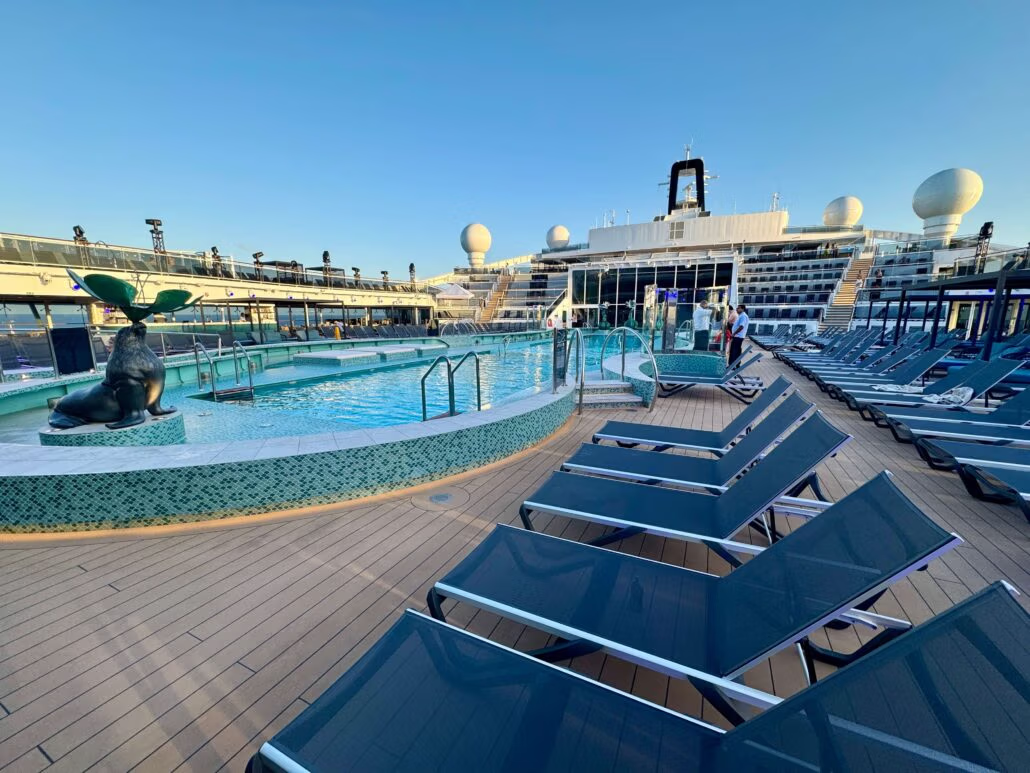
On a ship with around 2,750 people (2,000 passengers and 750 crew), the daily freshwater consumption reaches roughly 600 tons. The ship’s desalination systems produce about 44 tons per hour using reverse osmosis, but that’s still not enough.
“We bunker the balance every port,” he explained. “We can produce for 7 to 8 hours depending on how far the next port is.”
Strong shower pressure is maintained using pumps that circulate water at 6 to 7 bars. Lower decks have pressure reducing valves to manage flow. Hot tubs are filled with fresh water and heated with steam. Cruise ship pools use seawater and are refilled every two days. Jacuzzis are changed daily.
Sanitation and Wastewater: Behind the Flush
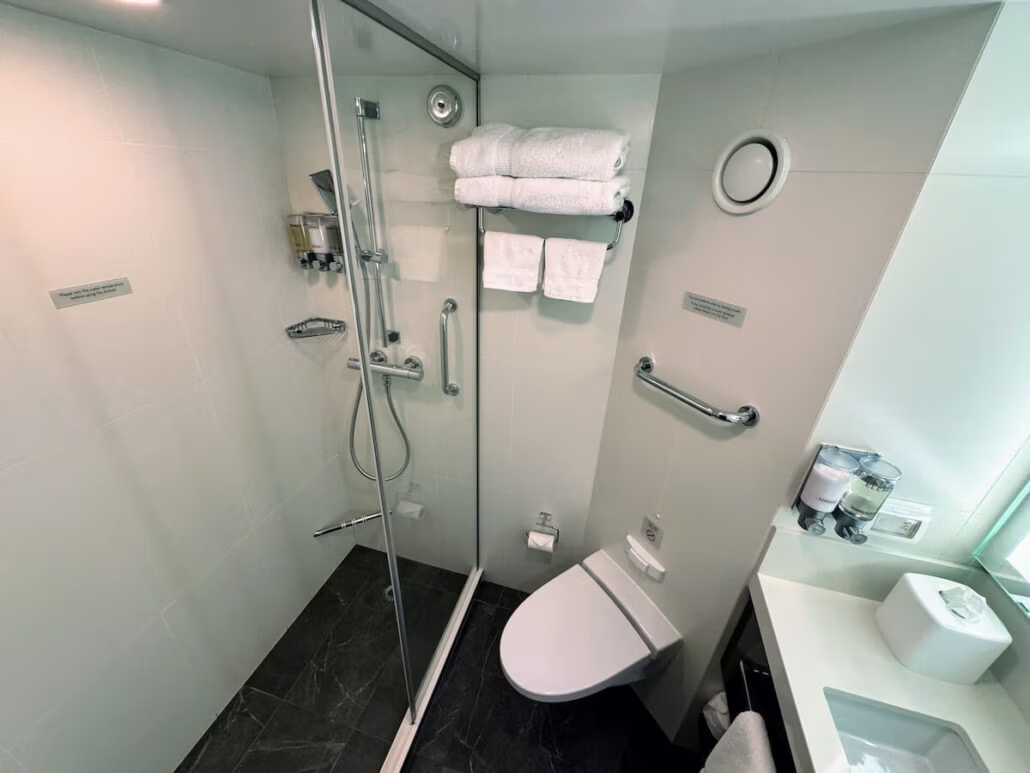
Passengers often flush things they should not. Common culprits include tampons, wipes, and condoms.
“Guests flush down anything and everything, then get angry that their toilet’s not working,” he wrote. Clogs can affect individual cabins or larger sections if the blockage escapes the initial trap.
Asked whether the ship tests wastewater to detect viruses like norovirus or COVID, he said no. Crew members are required to self-report symptoms and face disciplinary action if they fail to do so. However, he admitted the idea of testing wastewater is interesting.
“Testing wastewater might help detect outbreaks,” he said. “But tracing it back would be hard, especially since passengers might avoid reporting to keep from being isolated.”
Do You Ever Have to Repair Kitchen Equipment?
“Yes we do! Dishwashers, ovens, mixers, grinders. You name it and we are ordering spares for them and fixing them. Usual simple fixes would be to line up the valves correctly or to just power on the equipment. Sometimes it’s just someone forgetting to close a door or lid properly.”
How Are Lifeboat Drills or Man Overboard Responses Handled?
“If someone goes overboard, the bridge is called immediately. They mark the location, post additional lookouts, and maneuver the ship as needed. A separate crew team begins lowering two tender boats. This all takes around 15 minutes, I know because we had to perform it during a surprise drill from port state control.”
Emergency Power and Redundancy

Modern cruise ships are designed to keep running when things go wrong. The engineer described a system with four main generators. Typically, three run at 40 to 50 percent load while one stays on standby.
If one generator fails, the Power Management System (PMS) starts a backup. If demand exceeds capacity, non-essential systems like air conditioning shut down in stages. In a total blackout, the emergency generator activates within 45 seconds. This backup system powers navigation, lighting, steering, fire detection, and critical engine systems for up to 36 hours.
“Major items keep breaking all the time,” he said. “Passengers won’t know unless it affects operations like arriving late or canceling a port.”
How Long Can a Cruise Ship Run?
With full tanks and stores, a ship could sail for weeks. But in practice, fuel and food limit operations.
“We refuel every two weeks. Food and drinks are stocked twice a week,” he wrote. Water production is continuous as long as desalination systems are working.
Crew Life: Long Hours, Perks
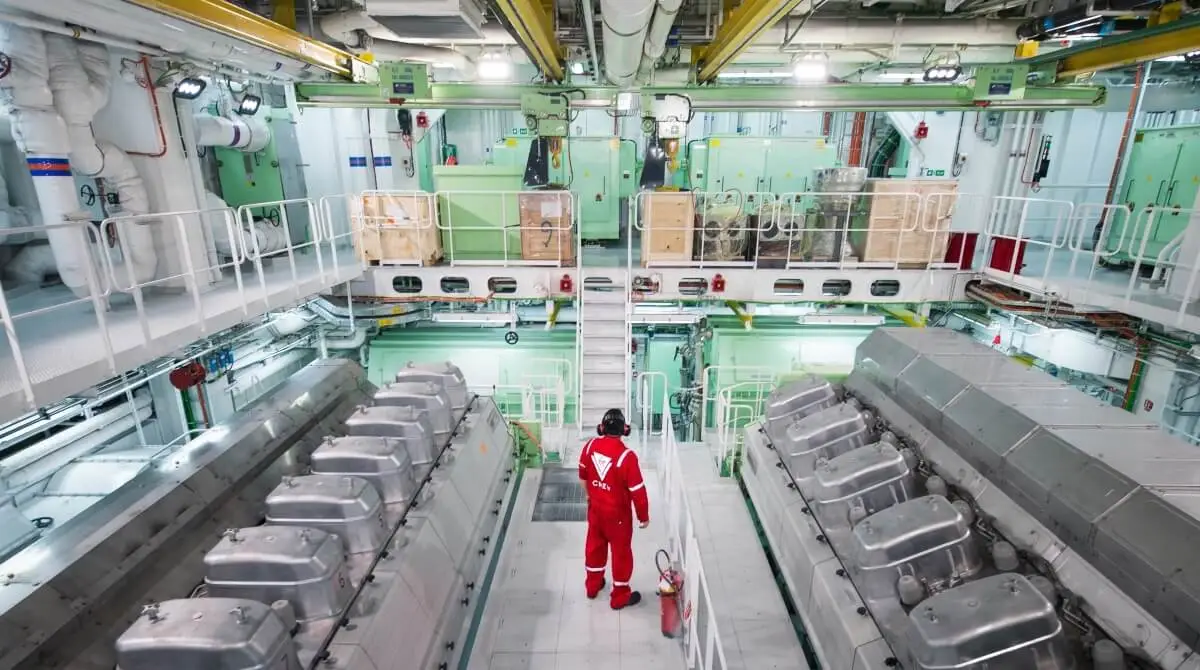
The engineer works from 8 a.m. to 6 p.m. daily and is on call at night. He gets a private cabin and access to passenger buffet lines but not specialty restaurants. The ship has a crew gym, game areas, and a crew bar with table tennis and PlayStations.
There are no formal days off during the contract. He said social life is minimal for him.
“I’m a boring crew member,” he joked. “I’d rather sleep after a tough day at work.”
At his current rank, he earns $8400 per month. Chief Engineers earn over $200,000 annually. For him, the pay is excellent compared to shore-based jobs in his home country.
Advice for Job Seekers
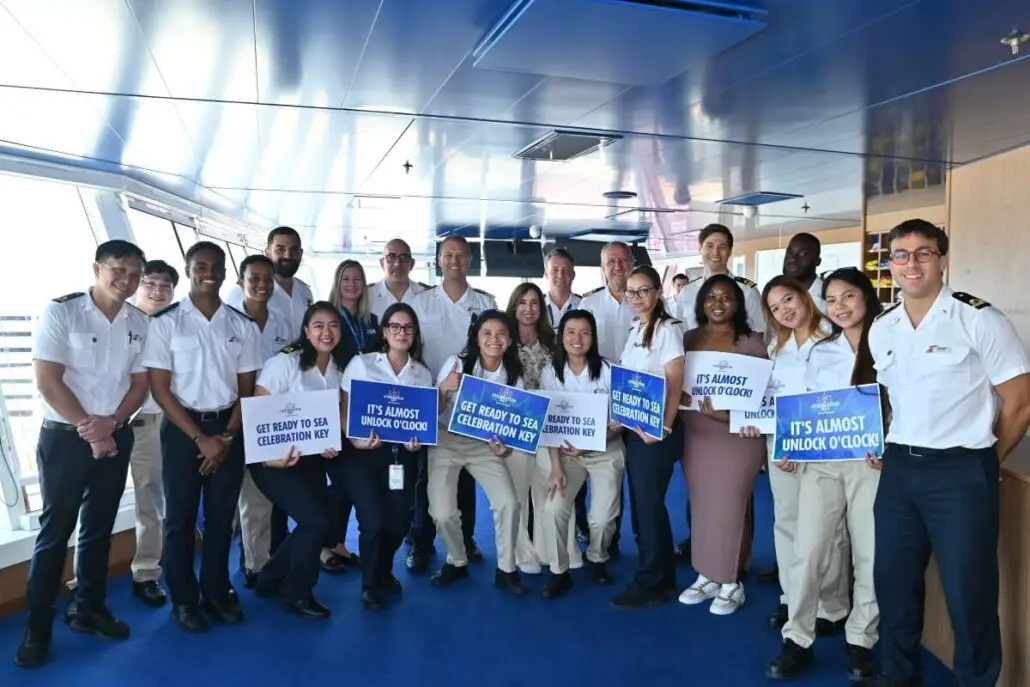
Several users asked how to start a career on cruise ships. The engineer said technical roles require a Certificate of Competency (CoC). Entry-level engineers often start on cargo ships to gain experience before transitioning to cruise lines.
“Very few cruise ships, very few openings,” he said. “Cargo ships helped me get experience before getting hired here.”
When asked how passengers can make his job easier, he kept it simple.
“Don’t flush trash down the toilet. And don’t poop in the pool.”
A Final Word
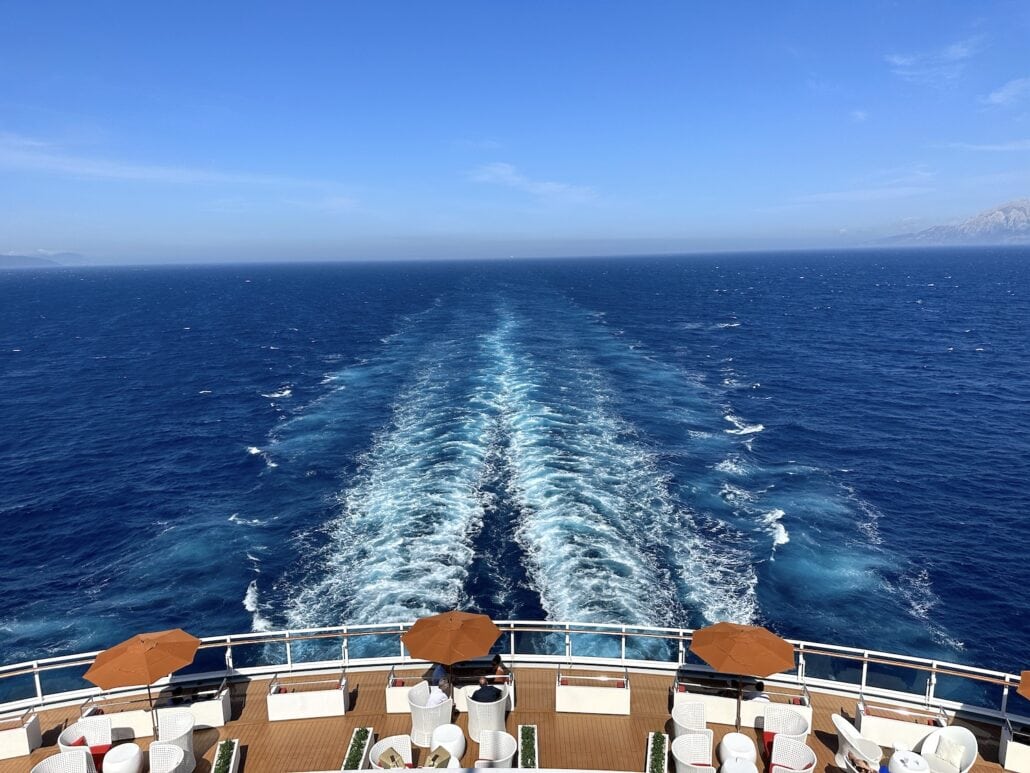
The AMA ended with thanks from cruise fans and first-time cruisers alike. One commenter wrote that knowing this much about the crew gave them confidence to cruise again.
The engineer responded, “The technical team might be invisible, but we’re trying our best.”
You can read the entire AMA thread here.

